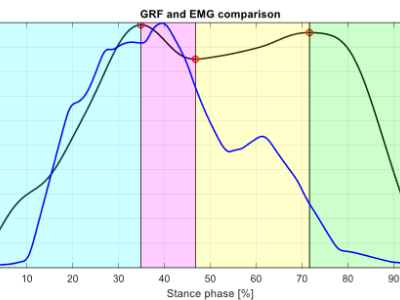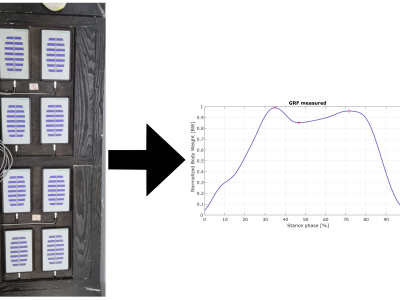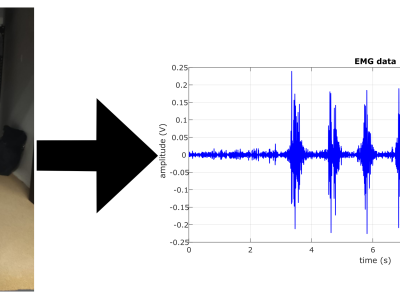Dataset Entries from this Author

Gait Event Detection (GED) plays a pivotal role in understanding human locomotion, with applications spanning rehabilitation, prosthesis design, sports science, and biomechanics. Accurate identification of key gait events—such as Heel Strike (HS), Loading Response (LS), Mid-Stance (MS), and Heel Off (HO)—during the stance phase of the gait cycle is essential for analyzing movement patterns, diagnosing gait abnormalities, and developing assistive technologies.
- Categories:

The Ground Reaction Forces are generated when walking, specifically when the foot contacts the ground, this information is directly related to the physical characteristics of each person, on the other hand, the growth that has the implementation of artificial intelligence algorithms for the diagnosis or evaluation of both pathologies and rehabilitation that occur in the lower limb are a very large area of opportunity.
- Categories:

Electromyography is useful for those interested in the study of biological signals and their processing, identifying the characteristics of these signals is valuable for the design of prosthetic and robotic systems or in rehabilitation for patients with pathologies of the lower limb. In this case, in particular, the EMG signals of the biceps femoris generated during the gait cycle are intended to characterize the muscle activation signals during walking. For the development of this database, one hundred users were invited to participate.
- Categories:
